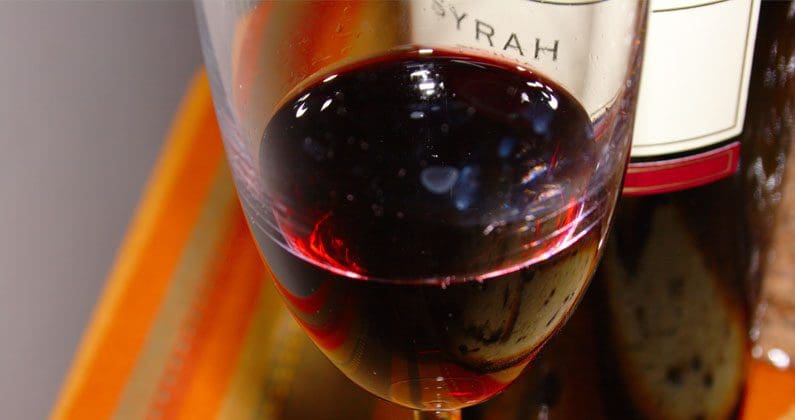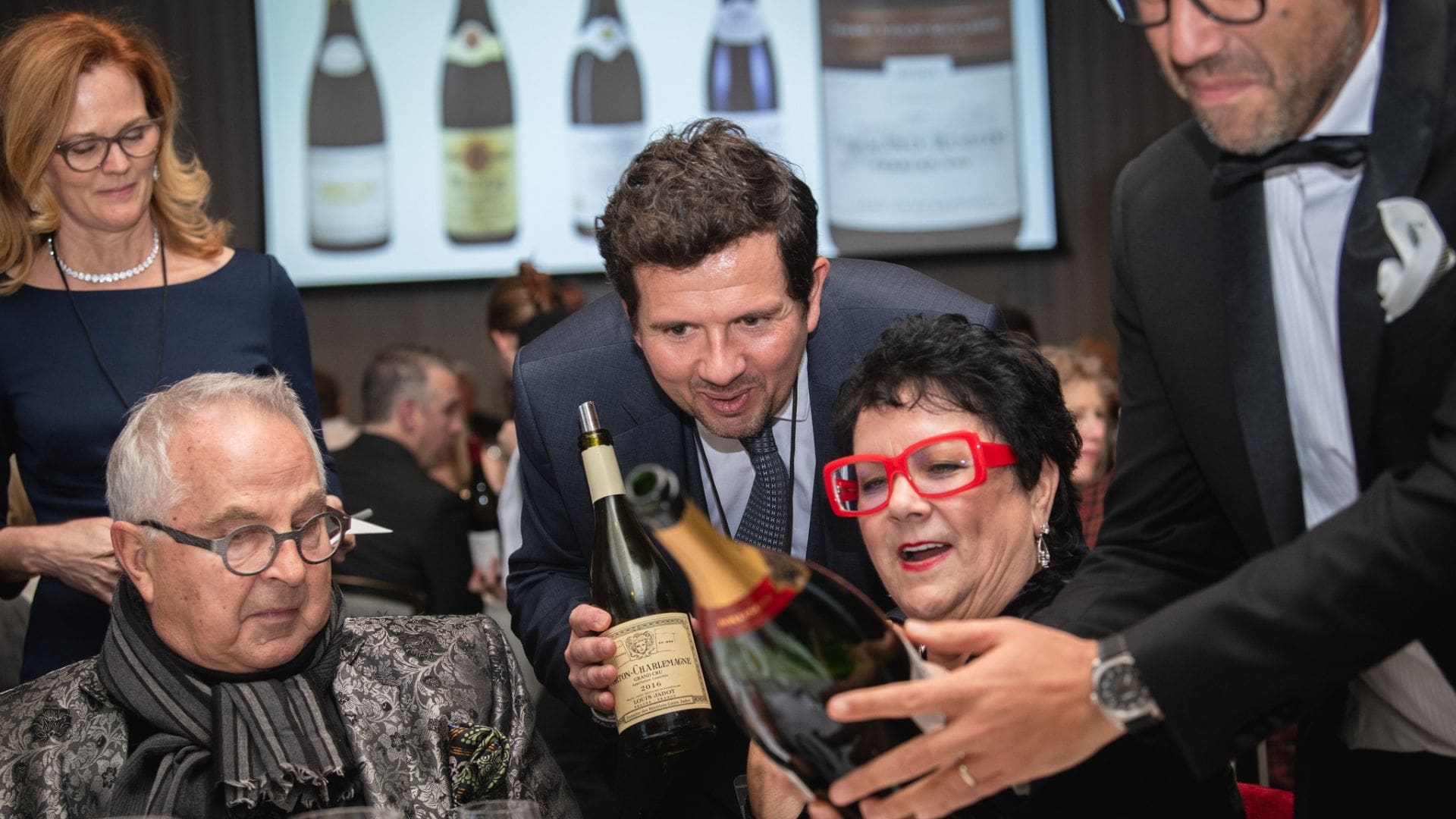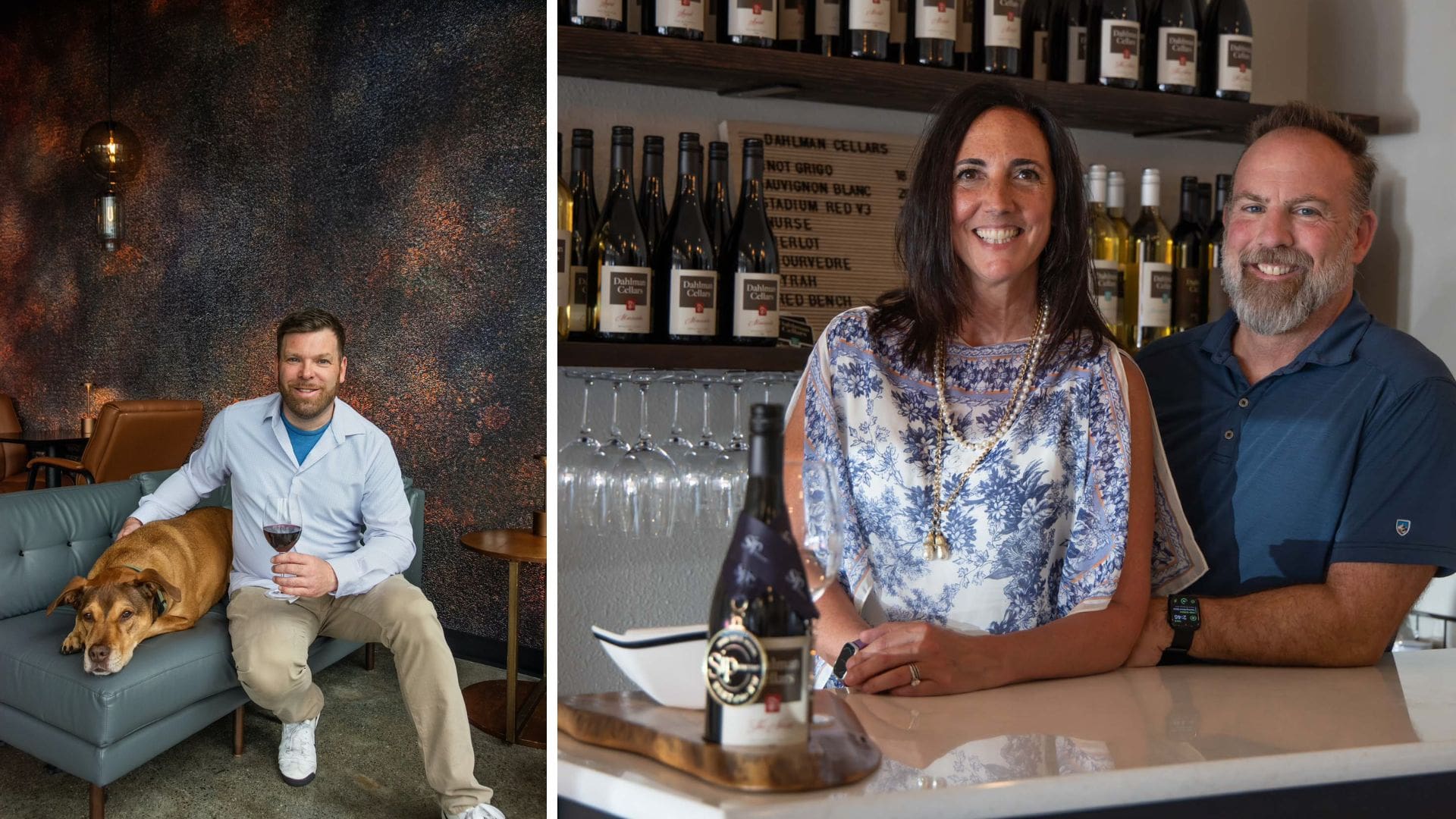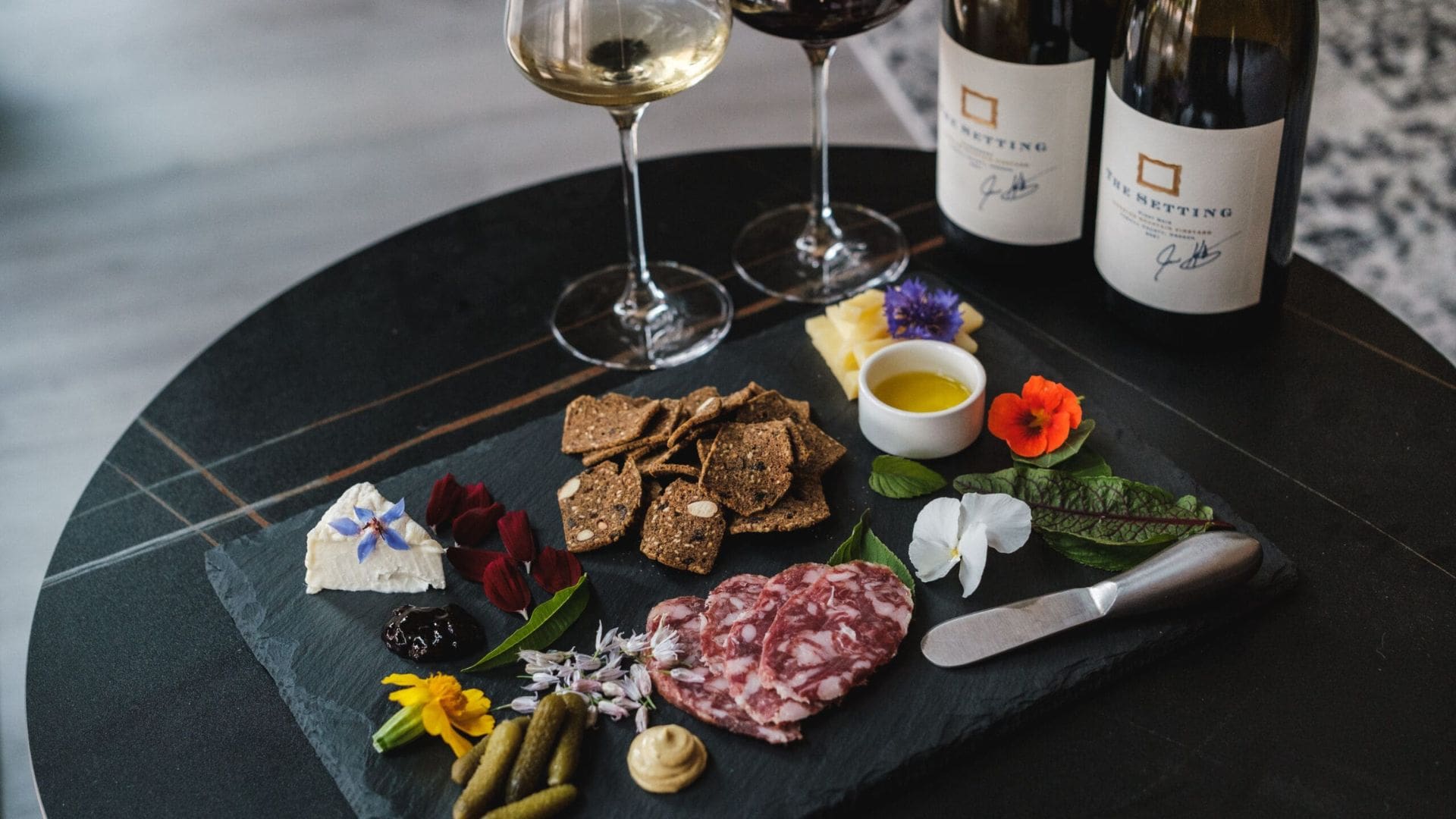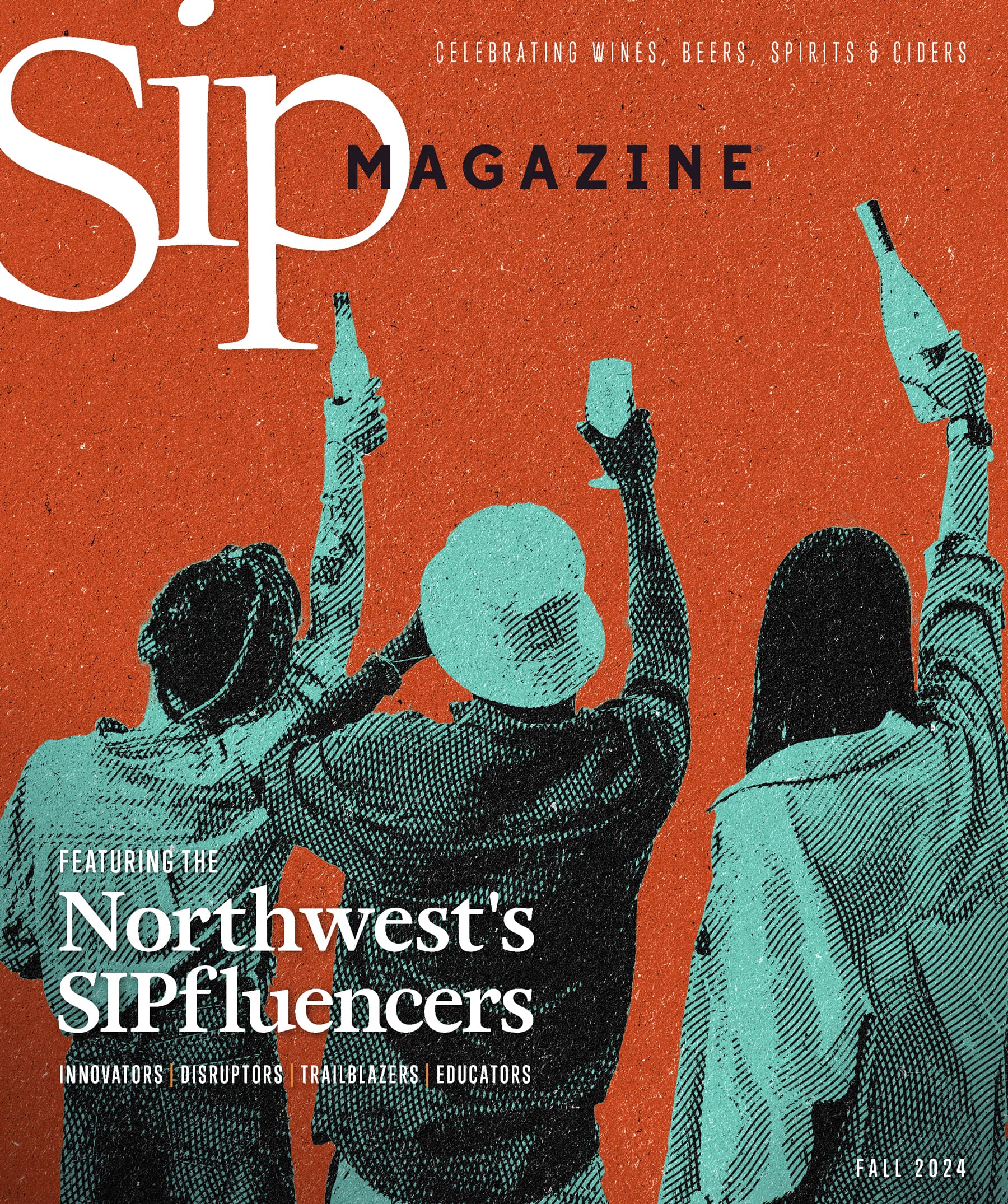I’m an avowed fan of Washington Syrah. As such, I was excited to see last week that New York Times wine critic Eric Asimov had turned his attention to our forgotten corner of the country. Yet unfortunately, I couldn’t help but feel that the resultant write-up was at best an incomplete summary of the current state of Washington Syrah, which perhaps is unsurprising given how little attention is paid to Washington wines in New York and other East Coast cities.
It’s undoubtedly true that much of the history of Syrah in Washington is of a wine made to be like Cabernet. High levels of extraction, lush fruitiness, and potent levels of alcohol were buttressed by significant usage of new oak, and produced a wine that while perhaps powerful and intense, bore only the slightest resemblance to the delicate and complex Syrahs of the Northern Rhone Valley that winemakers paid lip service, if not homage, to. Yet over the last decade or so there’s been an abrupt about-face in how wineries big and small are treating the grape, and the potential for world-class Syrah in Washington is greater than ever.
More and more, I taste Syrahs where the fruit has been picked slightly earlier, to preserve the savory and slightly wild notes that are the hallmark of the varietal. Additionally, producers like Gramercy Cellars, W.T. Vintners and many others are experimenting with whole-cluster fermentation, hoping to draw out even more notes of black olive, smoked meat and black pepper. While there are certainly many producers still making fruit bombs, more and more the style has moved towards restraint and balance.
Nothing exemplifies this more to me than “The Pundit,” a wine produced via a collaboration between Chateau Ste. Michelle and famed Rhone consultants Michel Gassier and Philippe Cambie. Their inaugural offering, the 2013 vintage, showed off not just the depth of flavor that the warmth of Eastern Washington can foster, but the alluring and multifaceted aromatics of the Northern Rhone.
Yet Asimov remains unimpressed. It’s true that he admits that the quality of wine has improved in the last decade, but for those of us who’d like to see more national (or international) attention paid to the Syrahs of Washington, it was a serious bummer. Granted, one of the caveats of the piece was that he selected wines that are easily available in New York City, and having looked extensively for Washington wines on my visits there I’m surprised he even found 20 to comprise his tasting panel. Many of the producers who excite me most are small in scale, and if they even make it to the East Coast it’s likely to be in exceedingly small quantities.
Yet that’s all the more reason to be boastful about what’s being accomplished not just in Walla Walla, but in the Yakima Valley, the Ancient Lakes AVA, on Red Mountain, and the Wahluke Slope. The wines of the Northern Rhone may be world-class, but over the last decade Washington has closed ground quickly, and I’ve no doubt that will continue into the next one.

